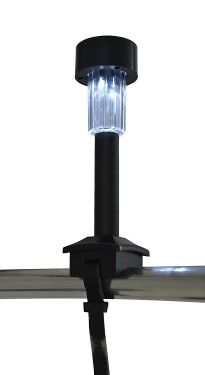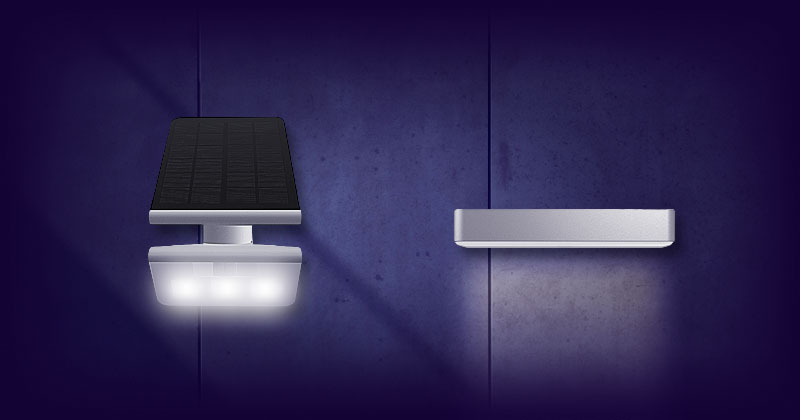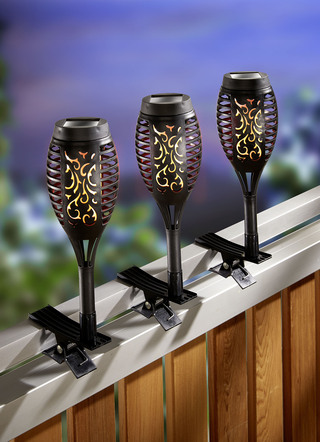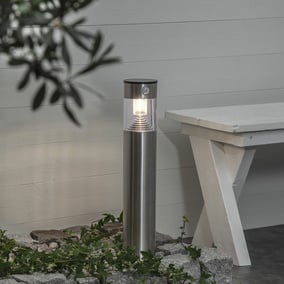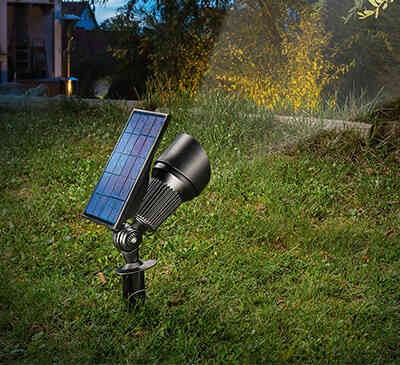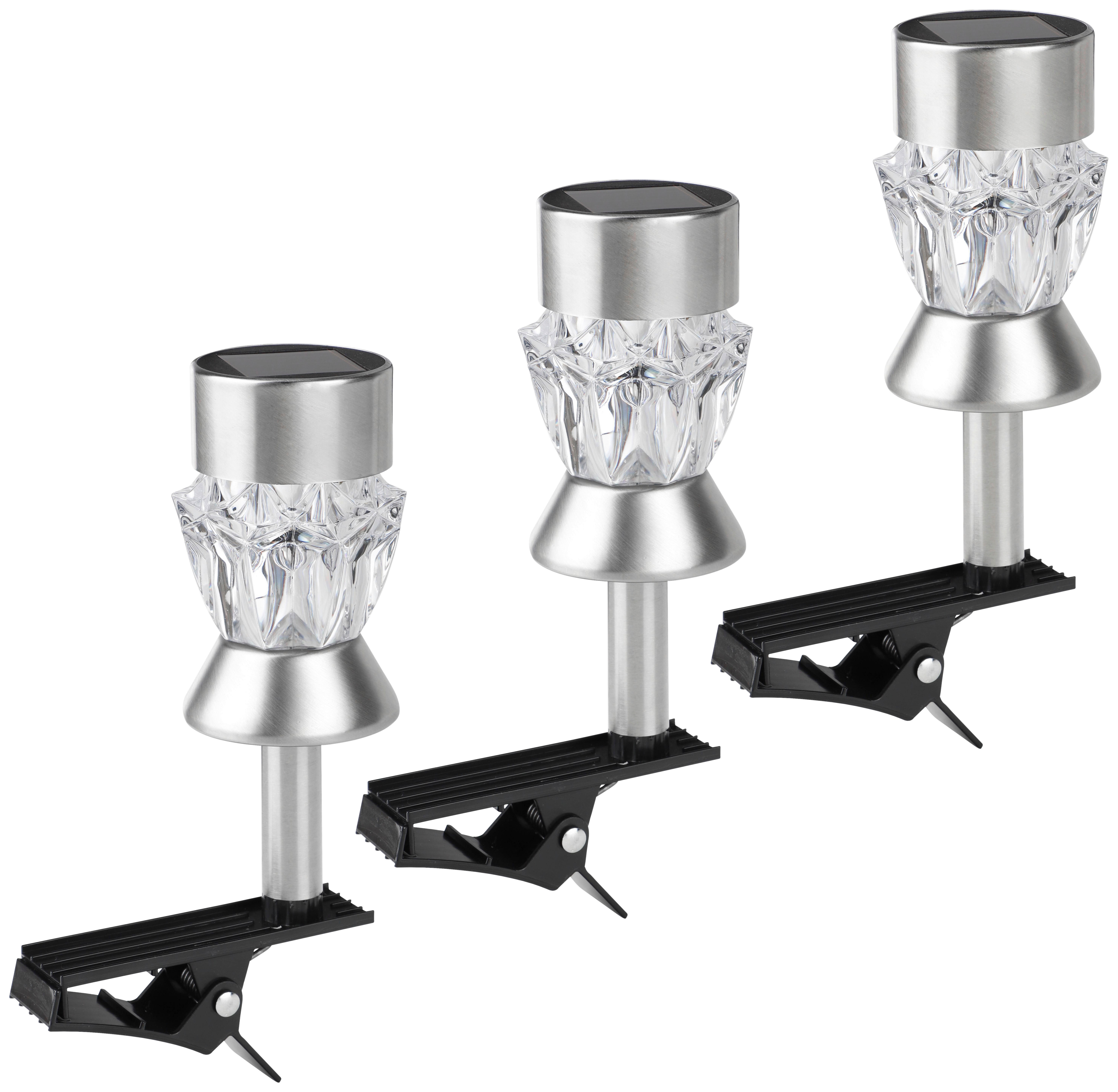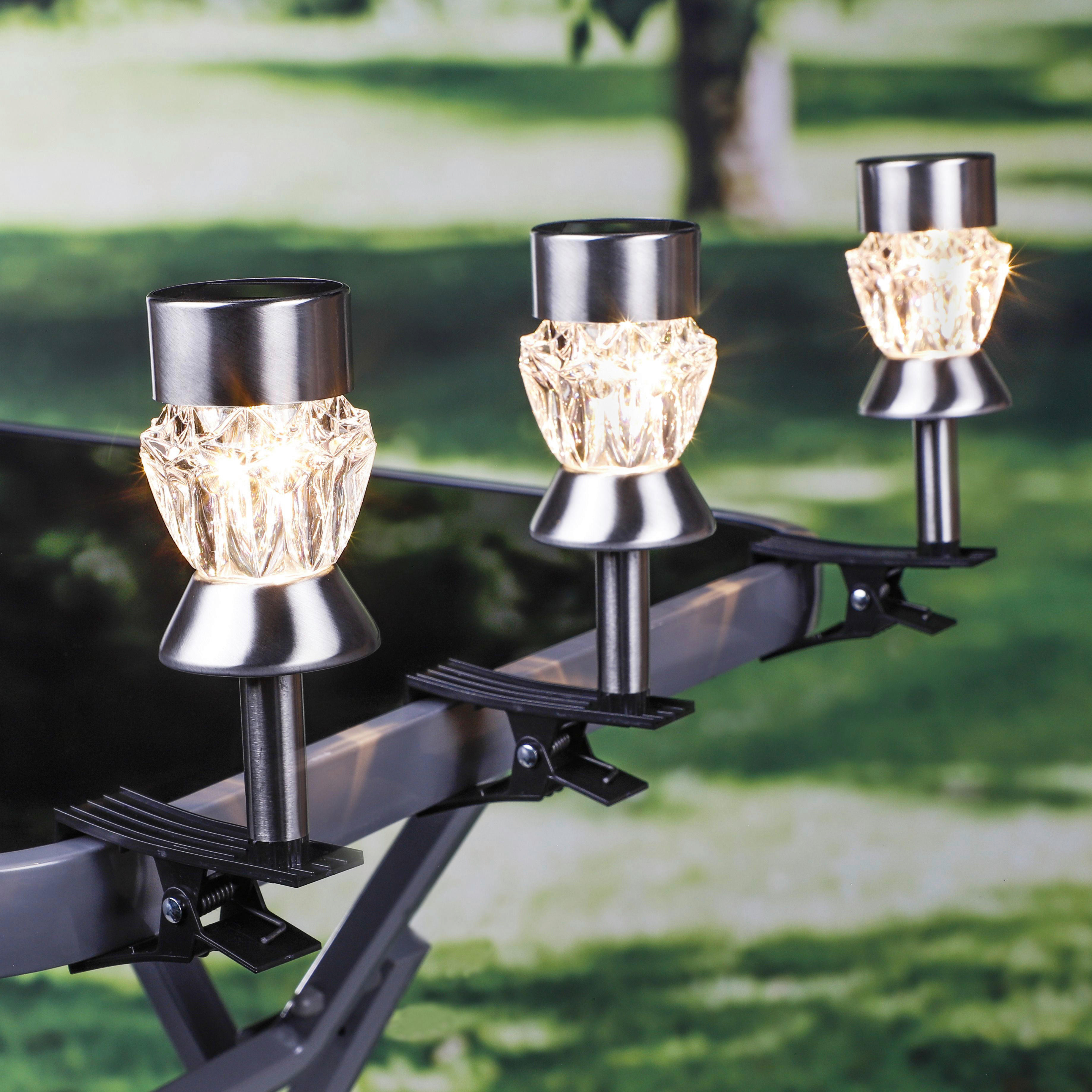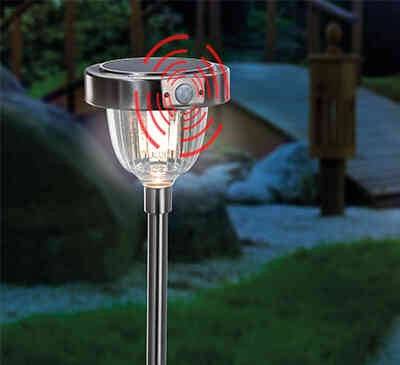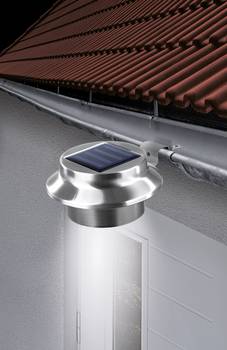
etc-shop LED Solarleuchte, LED Solarfackeln für Außen flackernd Balkon Gartendeko Solar Gartenfackel mit Klemme, Geländerleuchte, Feuereffekt warmweiß, H 26 cm, 3er Set

Solarlaterne für Außen,Garten Hängende Solarleuchten Wasserdicht Kerzenlaterne Lichteffekt Solarlampe für Außen LED Laterne Dekorative für Weihnachten Tabelle Terrasse Veranda Hof : Amazon.de: Beleuchtung

etc-shop LED Solarleuchte, Solarleuchten Solarstecker für Außen Metall für Außen Garten Deko Solarbeleuchtung Balkon, mit flackernder Flamme und wechselbaren Füßen, 1x LED, DxH 22x32cm, 2er Set

LED Solarleuchte in Glühbirnenform mit Klammer zum aufhängen | Star Trading | 480-24 - click-licht.de
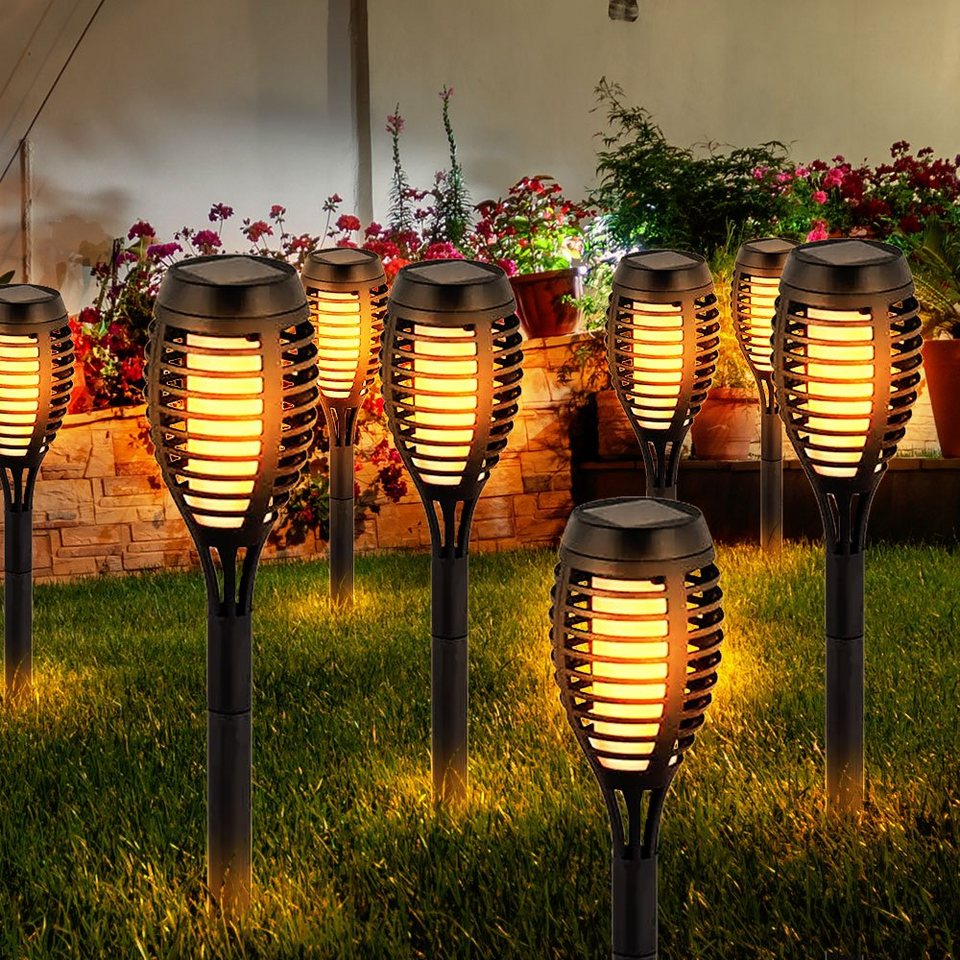
etc-shop LED Solarleuchte, LED Solarfackeln für Außen flackernd Balkon Gartendeko Stecklampen Solar Gartenfackel, Kunststoff schwarz, Feuereffekt warmweiß, H 50 cm, 8er Set



